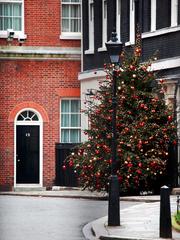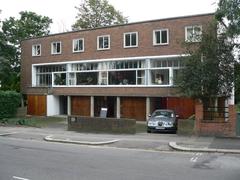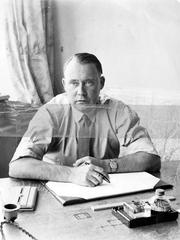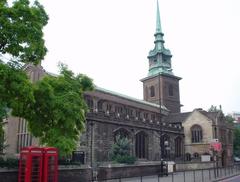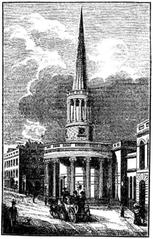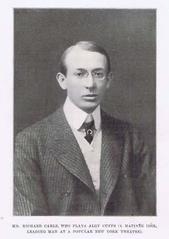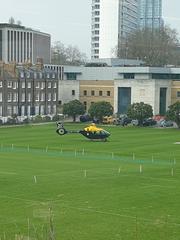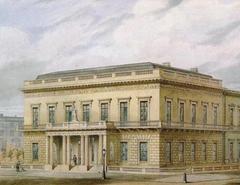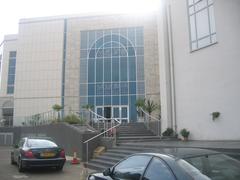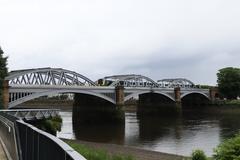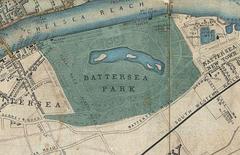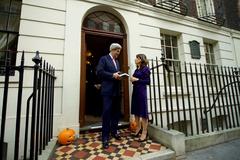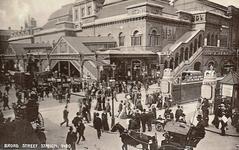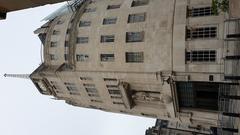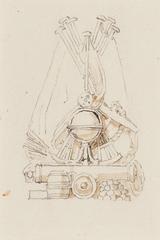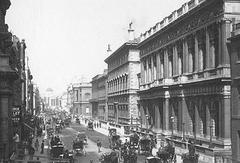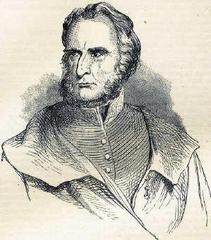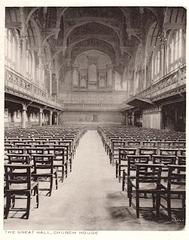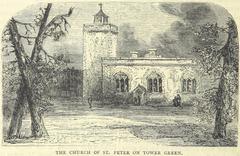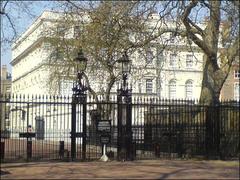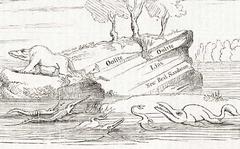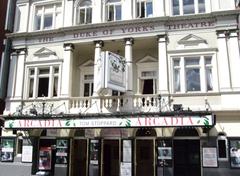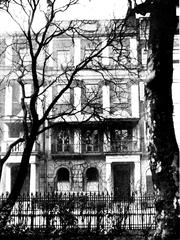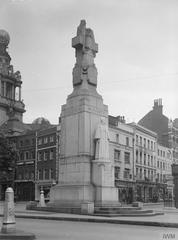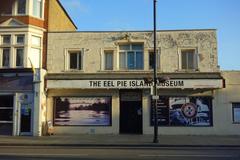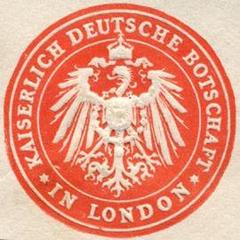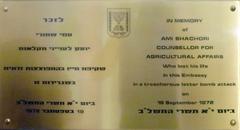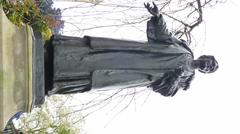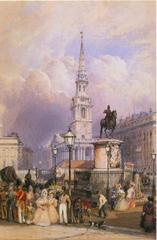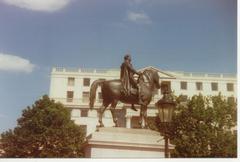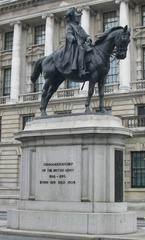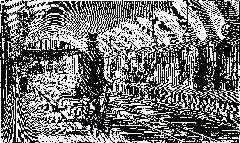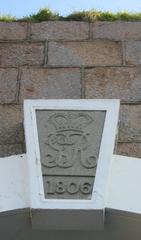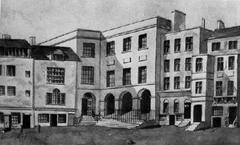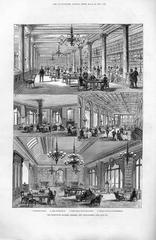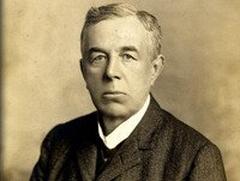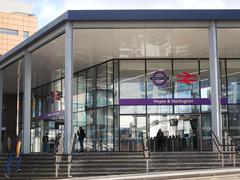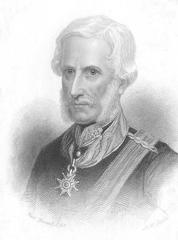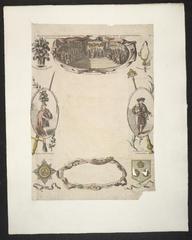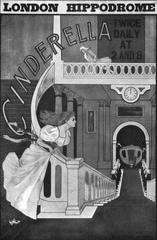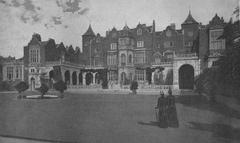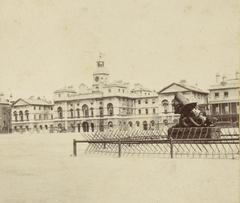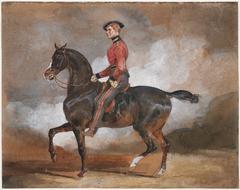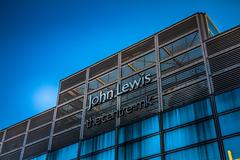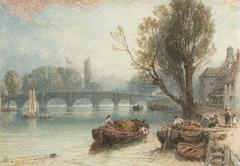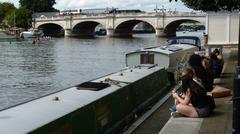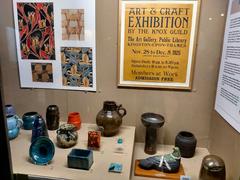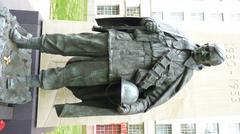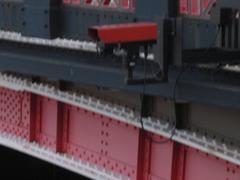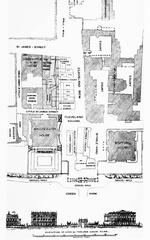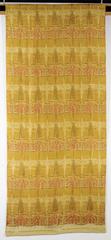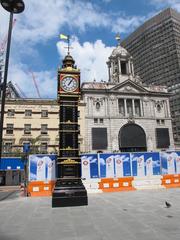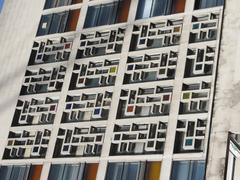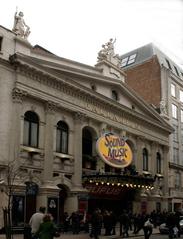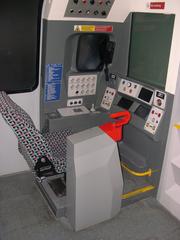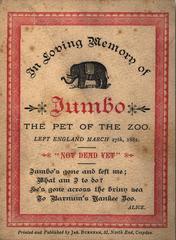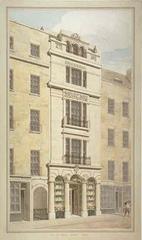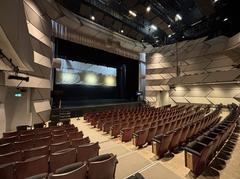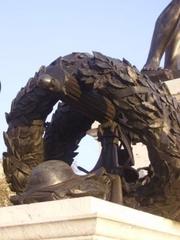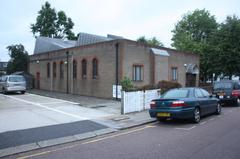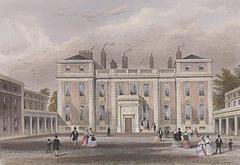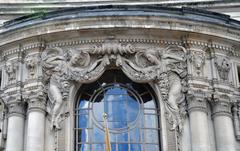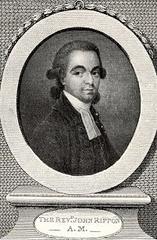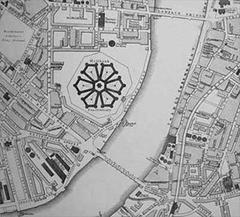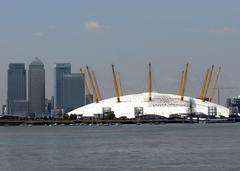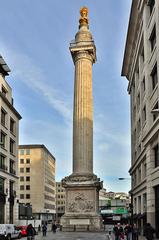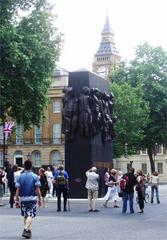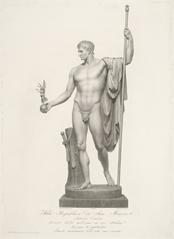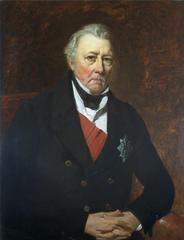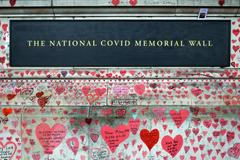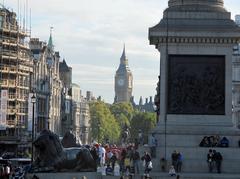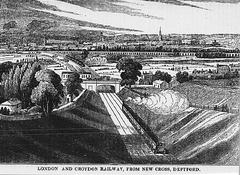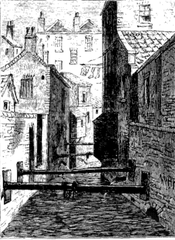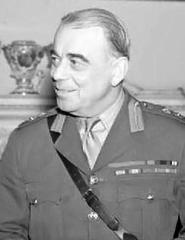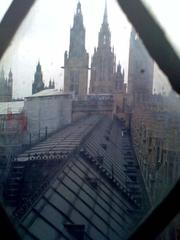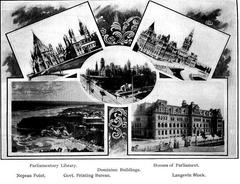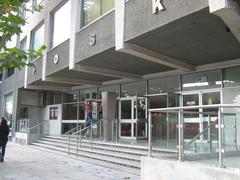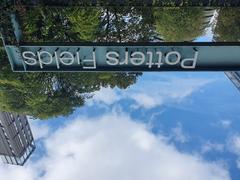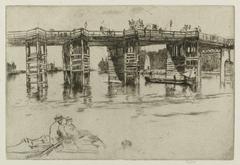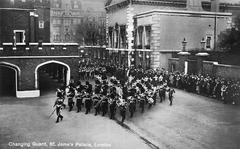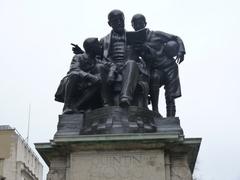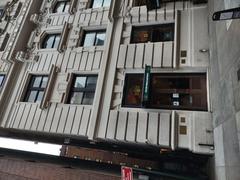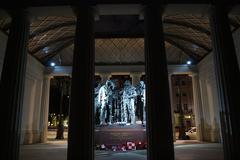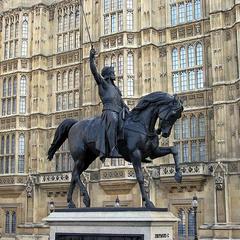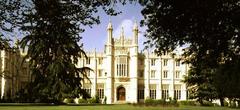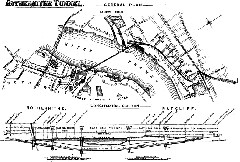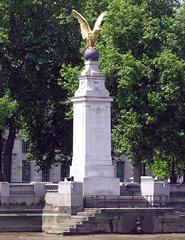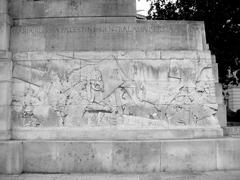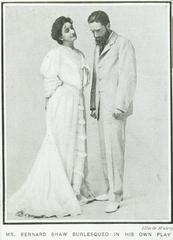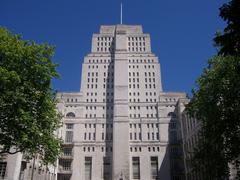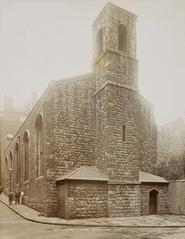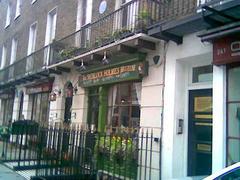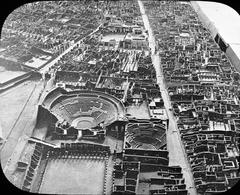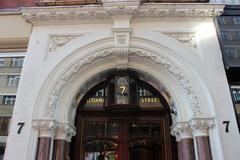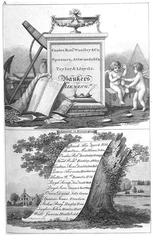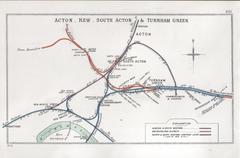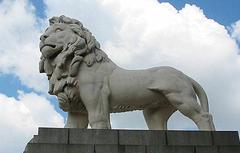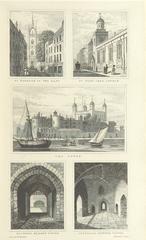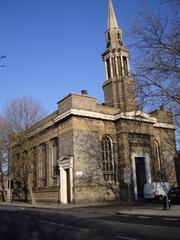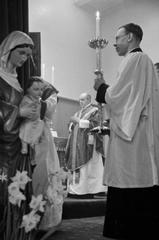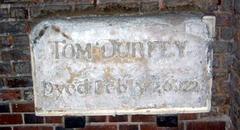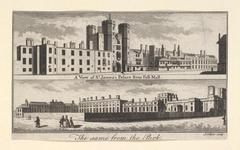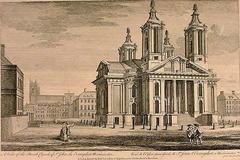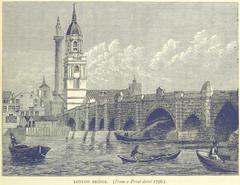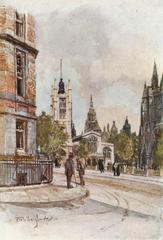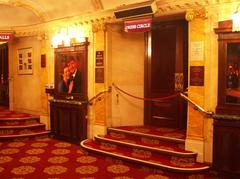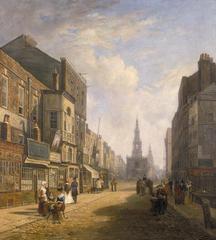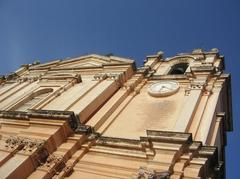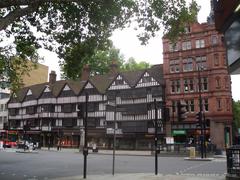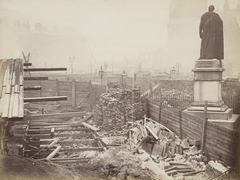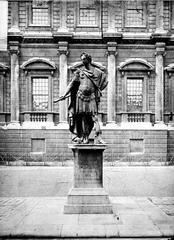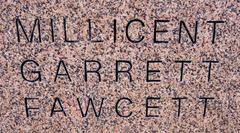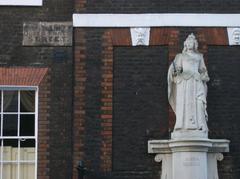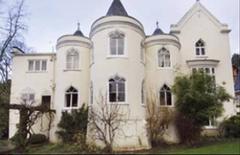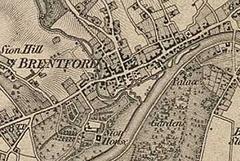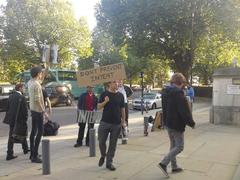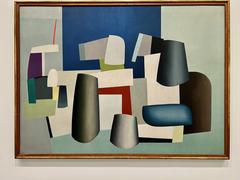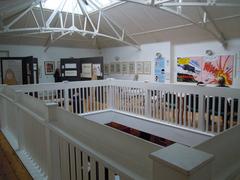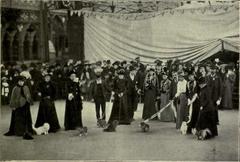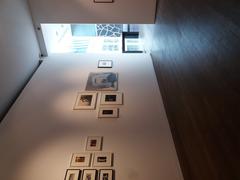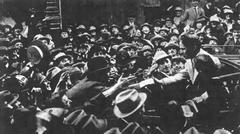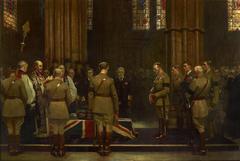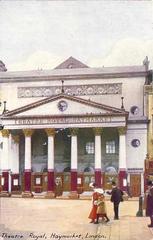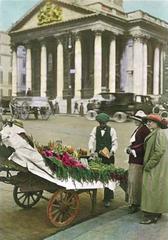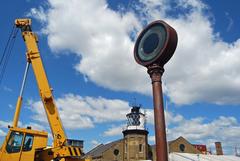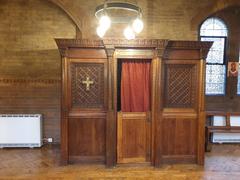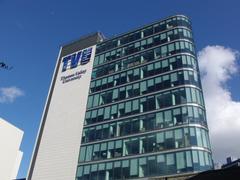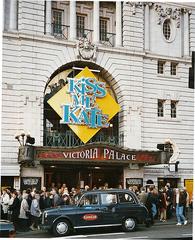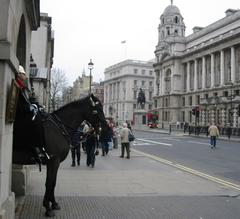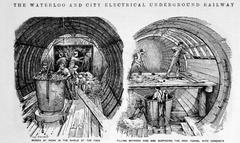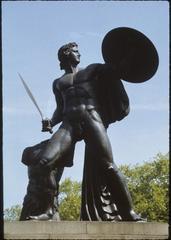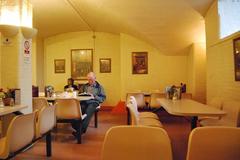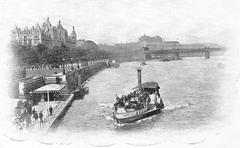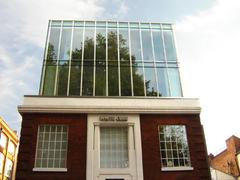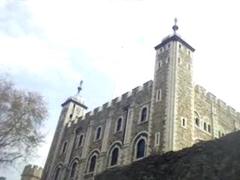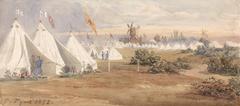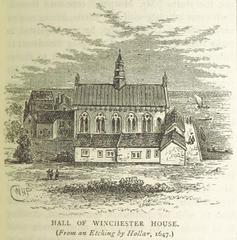Visiting The Rolling Bridge: Hours, Tickets, and Tips
Date: 25/07/2024
Why Visit The Rolling Bridge
Visiting the Rolling Bridge in London offers a unique blend of engineering marvel and aesthetic beauty. Designed by the acclaimed English designer Thomas Heatherwick, the Rolling Bridge stands as a testament to modern architectural ingenuity. Completed in 2004, this kinetic sculpture is nestled in the Paddington Basin of the Grand Union Canal, a vibrant area of London known for its modern developments and bustling atmosphere. Unlike traditional movable bridges, the Rolling Bridge’s design allows it to curl up into an octagonal shape, a mechanism that has captivated both locals and tourists alike (Atlas Obscura).
The bridge’s innovative design, inspired by the coiling tails of animatronic dinosaurs from the Jurassic Park films, showcases the seamless integration of functionality and art. Its organic motion, which can be likened to a leaf unfurling or a caterpillar curling up, adds to its aesthetic appeal, making it not only a functional structure but also a piece of kinetic art (Highways Today).
Recognized for its structural innovation, the Rolling Bridge has won several awards, including the British Constructional Steelwork Association’s British Structural Steel Design Award (Wikipedia). This guide aims to provide comprehensive information on the history, significance, visitor tips, and practical details for those planning to experience this unique bridge in person.
What You’ll Find in This Guide
- The Rolling Bridge in London - A Complete Visitor’s Guide
- History and Significance
- Structural and Mechanical Innovation
- Inspiration and Aesthetic Appeal
- Awards and Recognition
- Cultural and Practical Significance
- Operational Schedule and Public Engagement
- Integration into the Urban Landscape
- Visitor Experience and Accessibility
- Nearby Attractions
- Travel Tips
- FAQ
- Visitor Tips for The Rolling Bridge - Best Times, Viewing Points, and Nearby Attractions in London
- Introduction
- Location and Accessibility
- Best Time to Visit
- Viewing Points
- Nearby Attractions
- Photography Tips
- Safety and Etiquette
- Dining and Refreshments
- Guided Tours
- Accessibility for Disabled Visitors
- Weather Considerations
- Souvenirs and Shopping
- History and Significance of The Rolling Bridge
- Ticket Prices and Opening Hours
- FAQ
- How to Visit The Rolling Bridge in London - Viewing Hours, Tickets, and Tips
- Location and Accessibility
- Viewing Schedule
- How to Get There
- Best Viewing Spots
- History and Cultural Significance
- Nearby Attractions
- Safety and Etiquette
- Photography Tips
- Practical Considerations
- Additional Resources
- FAQ
- Call to Action
The Rolling Bridge in London - A Complete Visitor’s Guide
History and Significance
The Rolling Bridge, a unique kinetic sculpture, was conceived by the acclaimed English designer Thomas Heatherwick and completed in 2004. This innovative structure was part of the Grand Union Canal office and retail development project at Paddington Basin, London. Heatherwick’s studio opted for a design that diverged from traditional movable bridges like swing bridges, lifting bridges, or rigid retractable bridges. Instead, they created a bridge that curls up into an octagonal shape, a design that is believed to be the only one of its kind in the world (Atlas Obscura).
Structural and Mechanical Innovation
The Rolling Bridge consists of eight triangular sections hinged at the walkway level and connected above by two-part links. These sections can be collapsed towards the deck by hydraulic cylinders mounted vertically between them. When extended, the bridge resembles a conventional steel and timber footbridge, measuring 12 meters (approximately 39 feet) in length. To retract the bridge, hydraulic pistons are activated, causing the bridge to curl up until its two ends join, forming an octagonal shape that spans half the width of the waterway at that point (Wikipedia).
Inspiration and Aesthetic Appeal
Heatherwick’s design was inspired by the fluid, coiling tails of animatronic dinosaurs in the Jurassic Park films. This influence is evident in the bridge’s organic motion, which can be likened to a leaf unfurling, a caterpillar curling up, or the fingers of a hand closing to form a fist. The bridge’s ability to close in near silence adds to its elegance, making it not just a functional structure but also a piece of kinetic art (Highways Today).
Awards and Recognition
The Rolling Bridge has garnered significant recognition for its innovative design. It won the British Constructional Steelwork Association’s British Structural Steel Design Award, highlighting its excellence in structural engineering and design (Wikipedia). This accolade underscores the bridge’s significance as a pioneering piece of architecture and engineering.
Cultural and Practical Significance
The Rolling Bridge serves both practical and cultural purposes. Practically, it provides a foot crossing over a small inlet on the side of the canal basin, allowing pedestrians to avoid walking around the edge of the water. Culturally, it stands as a testament to modern engineering and design, attracting both locals and tourists who are fascinated by its unique mechanism and aesthetic appeal (About London Laura).
Operational Schedule and Public Engagement
The bridge’s operation is a spectacle in itself, drawing audiences who come to witness its curling motion. Initially, the bridge was scheduled to unfold across the canal every Wednesday and Friday at midday and every Saturday at 2 p.m. However, its operation has since been limited to Fridays at noon. This schedule allows visitors to plan their trips to coincide with the bridge’s movement, enhancing their experience of this unique structure (Atlas Obscura).
Integration into the Urban Landscape
Located at the Paddington Basin of the Grand Union Canal in west London, close to Paddington railway station, the Rolling Bridge is seamlessly integrated into the urban landscape. It complements the surrounding office and retail developments, adding a dynamic element to the area. The bridge’s ability to transform from a functional footbridge to a sculptural form when retracted makes it a versatile and visually striking addition to the locale (About London Laura).
Visitor Experience and Accessibility
For visitors, the Rolling Bridge offers a unique experience that combines functionality with artistic expression. Most of the time, the bridge serves as a regular footbridge, with many pedestrians crossing it daily, often unaware of its curling capabilities. However, during its scheduled operations, the bridge transforms into a kinetic sculpture, providing a memorable spectacle for those who witness it. The bridge is operated by Merchant Square staff, ensuring that it never curls up while people are crossing, thus prioritizing safety (About London Laura).
Nearby Attractions
While visiting the Rolling Bridge, consider exploring other nearby attractions such as Little Venice, the Paddington Central development, and the picturesque Regent’s Canal. These sites offer additional cultural and recreational experiences, making the area a comprehensive destination for tourists.
Travel Tips
- Visiting Hours: The best time to visit is on Fridays at noon, when the bridge’s curling mechanism is demonstrated.
- Tickets: There is no entrance fee to view or cross the Rolling Bridge.
- Accessibility: The area around the bridge is accessible to wheelchairs and strollers.
- Transport: Paddington Station is the nearest railway station, providing easy access to the site.
FAQ
- Q: What is the Rolling Bridge?
- The Rolling Bridge is a kinetic sculpture located at Paddington Basin, London, designed by Thomas Heatherwick. It curls into an octagonal shape to allow boats to pass.
- Q: When can I see the Rolling Bridge in action?
- The bridge operates every Friday at noon.
- Q: Is there an entrance fee?
- No, visiting the Rolling Bridge is free of charge.
- Q: How do I get to the Rolling Bridge?
- The bridge is located near Paddington Station, which is accessible by multiple train and bus routes.
Conclusion
The Rolling Bridge at Paddington Basin is a remarkable example of modern engineering and design. Its unique curling mechanism, inspired by natural and cinematic elements, sets it apart from traditional movable bridges. Recognized for its structural innovation and aesthetic appeal, the bridge serves both practical and cultural purposes, enhancing the urban landscape and providing a unique experience for visitors. Whether viewed as a functional footbridge or a kinetic sculpture, the Rolling Bridge stands as a testament to the ingenuity and creativity of its designer, Thomas Heatherwick. Plan your visit to witness this engineering marvel in action and explore the vibrant surroundings of Paddington Basin.
Useful Resources and Further Reading
- Atlas Obscura. (n.d.). The Rolling Bridge. https://www.atlasobscura.com/places/rolling-bridge
- Wikipedia. (n.d.). The Rolling Bridge. https://en.wikipedia.org/wiki/The_Rolling_Bridge
- Highways Today. (2017, November 2). London’s Sculptural Rolling Bridge Design. https://highways.today/2017/11/02/london-sculptural-rolling-bridge-design/
- About London Laura. (n.d.). The Rolling Bridge at Paddington Basin. https://aboutlondonlaura.com/the-rolling-bridge-at-paddington-basin/
- TripSavvy. (n.d.). Paddington Rolling Bridge. https://www.tripsavvy.com/paddington-rolling-bridge-1582889

